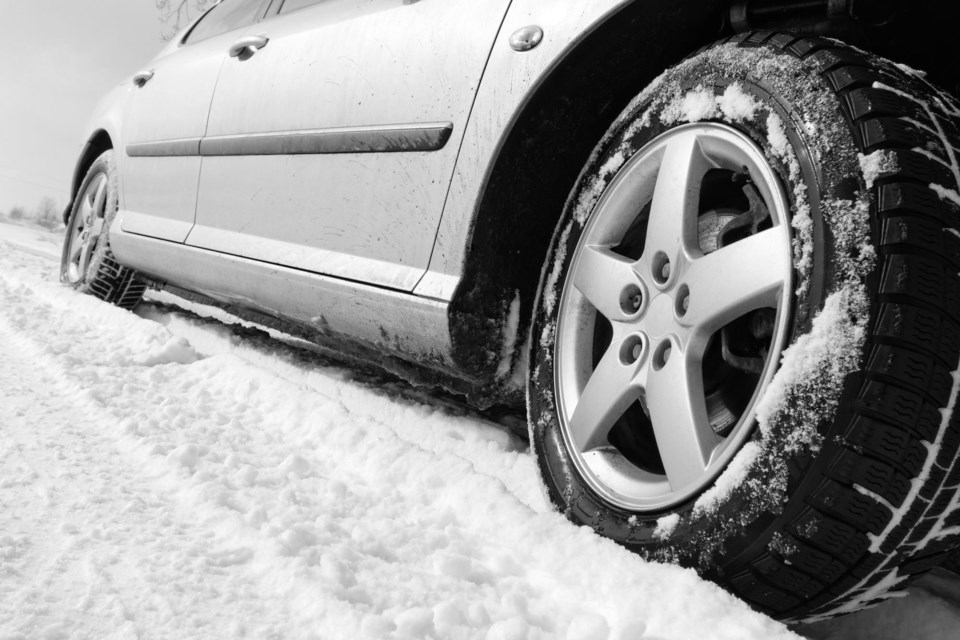NEWS RELEASE
ONTARIO PROVINCIAL POLICE
*************************
The East Algoma Ontario Provincial Police (OPP) want to ensure drivers stay safe during the upcoming snowy season while traveling on the roads. Provincial Constable James Walback, a Licensed Automotive Service Technician and a Certified Commercial Vehicle Safety Alliance Inspector, has experience working with tires. He says that a key part of road safety is making sure your vehicle has proper road surface traction in the winter.
All-season tires don't work the same on snow, ice or cold pavement. The stopping distance of a car with winter tires can be up to 30 to 40 per cent shorter than one with all-season tires. The most important part of a winter tire is actually its rubber compound. This is designed to stay soft in freezing temperatures, and very effective for 7 degrees Celsius and below. The tread compound used in all-season tires offers little cold weather traction and becomes hard, losing pliability and traction in freezing temperatures. Winter (snow) tires, however, are designed to help deliver safety and control in snow, slush, rain, ice and cold weather.
Winter tires are designed to move water. If the water isn't moved away from the area in front of the tire, the car will hydroplane. This is why winter tires are covered with grooves and channels. The tire tread has grooves and channels to move water away to the sides, allowing the tire to stay in contact with the surface.
Constable Walback cautions drivers that all-wheel drive vehicles help you accelerate, but not stop. "On slippery surfaces, vehicles with four-wheel drive can accelerate better than those with two-wheel drive. When you're trying to stop or turn, the limits are determined by the traction capabilities of your tires, not the number of driven wheels. Operating an all-wheel drive vehicle does not mean that you do not have to adjust your driving to the conditions you are facing."
The number one cause of motor vehicle collisions during snowy conditions is speed. Driver's going too fast for road and weather conditions. Remember - ice and snow - keep it slow!
*************************
